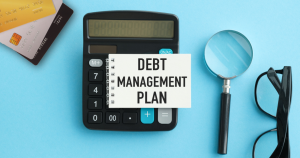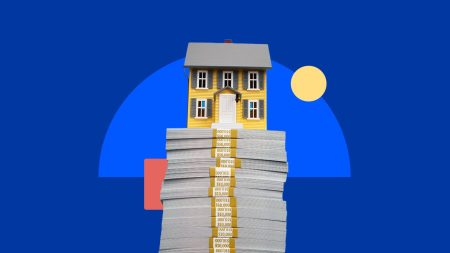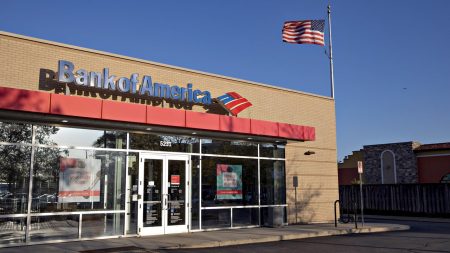David Papazian/Getty Images
Key takeaways
- Collateral is something that backs — or secures — a loan, making it less risky for a lender.
- With mortgages, the collateral is usually the home that the borrower used the mortgage to buy.
- If you can’t repay the mortgage, the lender will seize your collateral by foreclosing on your home.
What is collateral for a mortgage?
Collateral refers to an asset that a borrower offers as a guarantee for a loan or debt. For a mortgage — or a deed of trust, exclusively used in some states — the collateral is almost always the property you’re buying with the loan.
A loan that uses collateral is called a secured loan. Unsecured loans don’t require collateral, meaning that no asset is backing them.
How does mortgage collateral work?
Before it approves your mortgage, your lender will order an appraisal of the home to ensure that it’s worth what you propose to pay for it. If the home appraises for less than the purchase price, the lender can deny the mortgage because the collateral won’t fully guarantee the loan.
On the other side of things, if you don’t repay the mortgage and can’t come to a relief agreement with your lender, the lender can foreclose on the home, and you’ll lose your collateral.
If you don’t repay your mortgage as agreed, the lender can seize your home to satisfy your debt. If you have what’s called a non-recourse loan, your home is all the lender can seize, even if it doesn’t fully cover your debt. On the other hand, if you have a recourse loan, the lender can legally seize other assets, in addition to your home, or sue to garnish your wages.
Examples of collateral in the mortgage process
- Buying a home: When you buy a home with a mortgage, the home serves as collateral for the loan. If you miss a certain number of loan payments — typically three to six consecutive months of payments — you’ll be considered in default on the loan. At this point, the lender can foreclose and take back the collateral.
- A home equity line of credit (HELOC) or home equity loan: You can use the equity, or ownership stake, you have in your home as collateral for a HELOC or a home equity loan. While there are some differences between HELOCs and home equity loans, they share a key similarity: You’re putting your home on the line as collateral.
- Starting your own business: Some entrepreneurs use their home as collateral to secure a small business loan.
Difference between collateral and a mortgage
You’ll often hear the terms “collateral” and “mortgage” used in the same sentence or in similar contexts, but it’s important to understand the differences.
A mortgage is a type of loan that finances the purchase of a property. Collateral is an asset that provides the backing for a loan — any sort of loan.
You almost always need collateral to get a mortgage, and that collateral is almost always the property you’re buying with the loan. Think of it as a mortgage being a debt and collateral being the thing mortgaged — and a demonstration of how serious you are about paying that debt.
Other types of collateral loans
Collateral applies to all kinds of secured loans, not just mortgages. Collateral doesn’t necessarily have to be property, either. Some lenders let borrowers use their savings accounts or certificates of deposits as collateral. If you don’t repay the money you borrowed, the lender can take the cash from your account instead.
- Auto loans: With an auto loan, the automobile is the collateral that secures the loan. If you can’t make your payment, the car will be repossessed.
- Secured personal loans: These loans use an asset — such as your home, a cash account or a car — as collateral on the loan. They typically come with more lenient eligibility requirements than unsecured personal loans, but they may have a lower borrowing limit.
- Secured credit cards: A secured credit card is a card that requires a security deposit. Typically, the card’s credit limit is equal to the size of the deposit. In general, secured cards are used to build or repair a borrower’s credit. The issuer may refund the deposit and upgrade the card to the traditional, unsecured version after you show responsible use of it over a certain period.
- Securities or portfolio line of credit: You use the investments in a brokerage account as collateral for a revolving credit line with a variable interest rate. You repay at your own schedule. Because you’re borrowing against the value of your account, if the worth of your holdings drops, you often have to come up with cash to cover some of your debt, or the broker has the right to sell your securities.
Additional reporting by Andrew Dehan
Read the full article here









